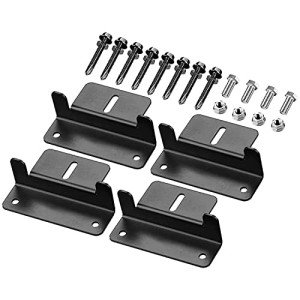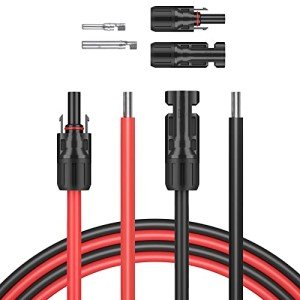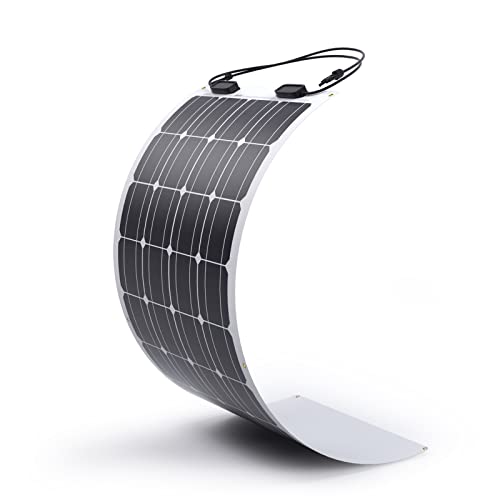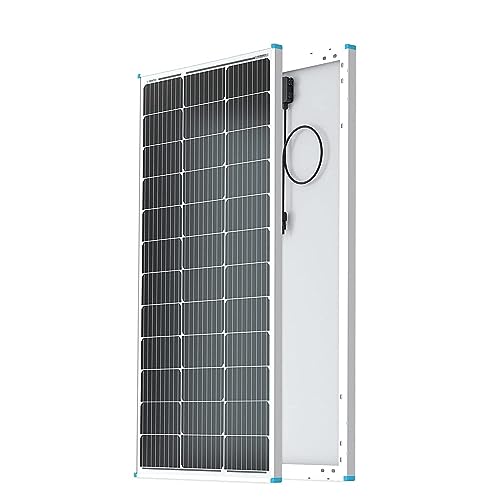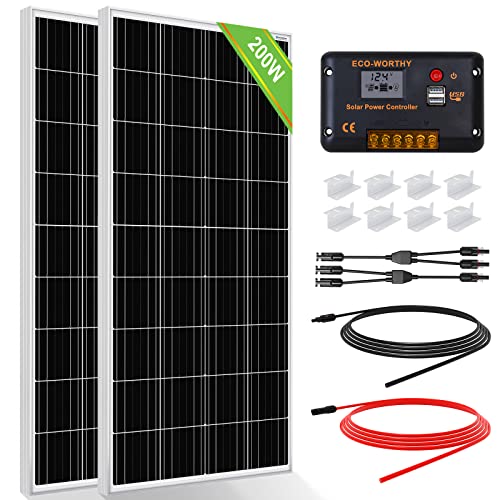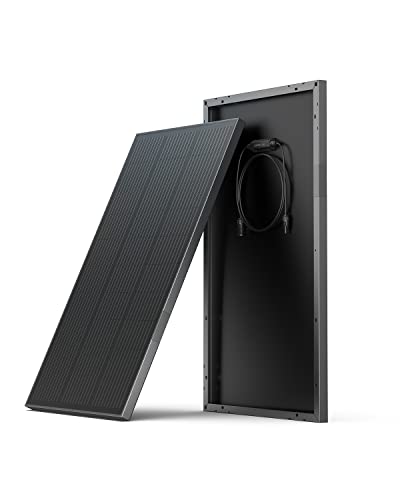When diving into the world of solar energy, it's important to know the different types of solar panels available. Each option has its own set of strengths, making it easier for you to find the right fit for your home or business. Let’s break down the main types of solar panels so you can make an informed choice.
First up, we have monocrystalline solar panels. These panels are made from single-crystal silicon and are known for their high efficiency and longevity. If you’re looking for performance and a sleek design, these are a solid pick. They usually take up less space than other types, which is great if you have a smaller roof.
Then we have polycrystalline solar panels. These are made from multiple silicon crystals and tend to be a bit cheaper than their monocrystalline counterparts. While they’re slightly less efficient, they still do a great job of converting sunlight into energy. If you’re on a budget but want to be eco-friendly, polycrystalline panels are a good choice.
Finally, we can’t forget about thin-film solar panels. These are lightweight and flexible, making them a versatile option for various applications. They’re usually less efficient and require more space, but they can be a great solution for larger installations where weight isn’t as much of a concern. If your project has unique requirements, thin-film might just be what you need.
Understanding these Types Of Solar Panels can help you decide which one fits your energy needs and budget. Whether you go with monocrystalline, polycrystalline, or thin-film, each type offers a chance to harness the sun’s power and reduce your carbon footprint.
Understanding Monocrystalline Solar Panels
Monocrystalline solar panels are a popular choice for homeowners looking to harness solar energy. These panels are made from a single crystal structure, which gives them a sleek black appearance and high efficiency. If you want to maximize your energy output and save on space, monocrystalline is a solid contender among the types of solar panels.
One of the standout features of monocrystalline panels is their efficiency rate. They typically convert around 15-20% of sunlight into electricity, which is impressive compared to other types. This means you can generate more electricity with fewer panels, making them a great option if roof space is at a premium.
Another perk is their durability. Monocrystalline panels are designed to last. Most come with warranties of 25 years or more, so you can feel confident knowing your investment will pay off long-term. Plus, they perform well even in low light, so you won’t miss out on energy generation during cloudy days.
Of course, there are some considerations. Monocrystalline panels tend to come with a higher price tag than their polycrystalline counterparts. But if you’re focused on efficiency and long-term savings, the cost can be worth it. When exploring the types of solar panels, keep in mind the benefits and trade-offs of each to find what suits you best.
Spartan Power Black Solar Panel Mount Brackets - Set of 4
Easily secure your solar panels with these durable and reliable brackets
Product information
$8.99
Product Review Score
4.5 out of 5 stars
197 reviewsProduct links
Exploring Polycrystalline Solar Panels
If you’re diving into the world of solar panels, getting to know polycrystalline solar panels is a must. These panels are created by melting multiple silicon crystals together, giving them that familiar bluish hue. They’re a popular choice and often come at a slightly lower price than their monocrystalline counterparts. So, what’s the deal with polycrystalline panels?
First off, they’re efficient enough to get the job done for most setups. You can expect around 15% to 20% efficiency from these panels. While that’s a bit lower than monocrystalline options, polycrystalline panels shine in terms of overall cost. If you’re aiming for a budget-friendly solar solution, they’re worth considering.
Installation is a breeze, too! Polycrystalline panels aren’t super heavy, so they’re easier to handle. Plus, they can perform well in various weather conditions. They tend to handle higher temperatures better than some other types of solar panels, making them a solid choice in sunny areas.
In dirty conditions, like if you live near a lot of dust or sand, polycrystalline panels can clean up pretty well. They don’t need as much frequent cleaning as some other types. This means you can spend less time worrying about maintenance and more time enjoying those energy savings!
So, if you’re looking through the types of solar panels, polycrystalline options are reliable and wallet-friendly. They might not be the highest performers, but they get the job done without breaking the bank. They could be a fantastic solution for your solar needs!
5FT 10AWG Solar Panel Wire with Connectors
Get your solar setup running smoothly with this durable and flexible solar panel wire
Product information
$9.99
Product Review Score
4.97 out of 5 stars
163 reviewsProduct links
Getting to Know Thin-Film Solar Panels
Thin-film solar panels are an interesting option when you're exploring the types of solar panels available today. They're made by layering thin sheets of photovoltaic material on a surface, making them lightweight and flexible. This flexibility allows for a variety of applications, from rooftops to portable solar chargers.
One of the coolest things about thin-film panels is their versatility. They can be installed in tight spaces where traditional panels might not fit. Plus, they perform better in low-light conditions, which is great news for folks living in cloudy areas. If you want to maximize energy production even when the sun isn’t shining bright, thin-film could be your go-to choice.
While they generally have a lower efficiency compared to crystalline panels, thin-film solar panels usually come at a lower price point. This makes them a solid option for anyone on a budget or looking for a good entry point into solar energy. They may take up a bit more space to generate the same power as traditional panels, but that trade-off can be worth it for some homeowners.
Maintenance is usually a breeze with thin-film solar panels. They’re less prone to issues like shading, which can affect performance. If you’re considering your options, definitely add thin-film panels to your list when checking out the types of solar panels. You might just find they fit your needs perfectly!
